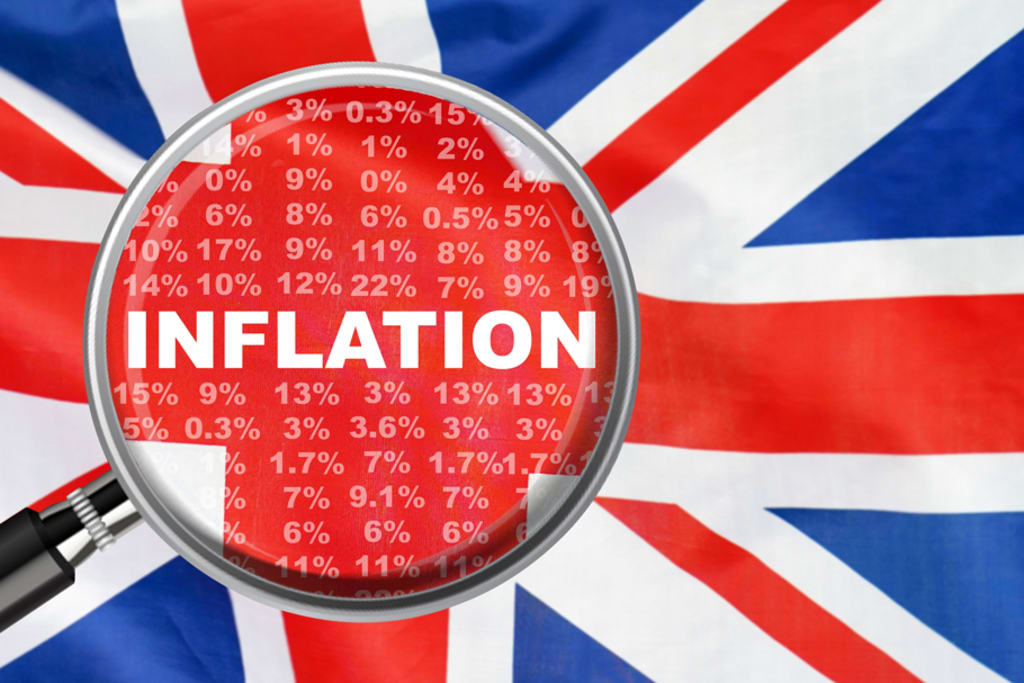UK Living Costs Remain High Despite Inflation Stabilization: Support Measures Continue
High Despite Inflation Stabilization

Introduction
The past few years have been a rollercoaster for the UK economy, with inflation rates fluctuating wildly. Recently, there has been a noticeable stabilization in inflation, giving hope that the worst might be behind us. Yet, despite this stabilization, the cost of living remains alarmingly high for many British households. This article delves into why living costs continue to soar and what measures are being taken to support those most affected.
The Current Inflation Landscape
Statistics on Recent Inflation Rates
As of the latest data, the UK has seen a reduction in the annual inflation rate, which now stands at around 5.5%. While this is a significant drop from the peak, it is still well above the Bank of England’s target of 2%. Key sectors such as food, housing, and transport continue to experience price hikes, contributing to the overall inflation rate.
Key Sectors Affected by Inflation
Food and Drink: Prices have surged, with basic groceries seeing a 10% increase.
Housing: Rent prices and mortgage rates have continued their upward trend.
Energy: Utility bills have skyrocketed, driven by global gas prices and local supply issues.
Discover professional report writing services tailored to your needs. Expert writers deliver precise, insightful reports that meet your deadlines. Contact us today for top-quality report writing solutions.
Factors Contributing to High Living Costs
Housing and Rent
The housing market remains one of the primary drivers of high living costs. With limited housing supply and increasing demand, rental prices have surged, particularly in major cities. Homebuyers are also facing higher mortgage rates, making it harder for first-time buyers to enter the market.
Utility Bills and Energy Prices
Energy prices have been volatile, largely influenced by global gas prices and local supply constraints. The energy price cap, although providing some relief, has not kept pace with the rising costs, leaving many households struggling to keep their homes warm.
Food and Grocery Costs
Food prices have been on a relentless rise, with staples like bread, milk, and vegetables becoming increasingly expensive. The disruption in supply chains, combined with increased transportation costs, has exacerbated the situation.
Transportation Expenses
Fuel prices have also seen significant increases, impacting the cost of commuting and goods transportation. This rise has put additional pressure on household budgets, particularly for those reliant on cars for their daily commute.
Impact on Households
Case Studies of Affected Families
Many families are finding it increasingly difficult to make ends meet. For instance, the Johnson family in Leeds has seen their weekly grocery bill rise by 20%, while their heating costs have doubled. Stories like these are becoming all too common across the UK.
Differences in Impact Across Regions
The impact of high living costs varies significantly across different regions. London and the South East continue to face the highest living costs, while some rural areas, though less expensive, also struggle with lower wage levels and fewer job opportunities.
Government Support Measures
Overview of Existing Support Schemes
The government has introduced several support measures to help alleviate the burden on households. These include:
Universal Credit and Housing Benefits: Increased support for low-income families.
Energy Bill Support: Grants and loans to help cover rising energy costs.
Food Vouchers and Childcare Support: Assistance for families struggling to afford essentials.
New Initiatives and Policies
Recently, the government has launched new initiatives such as:
The Cost of Living Payment: A one-off payment to help those on low incomes.
Council Tax Rebate: Direct support for households in bands A to D.
Challenges in Implementing Support
Issues with Distribution and Access
Despite these measures, many individuals and families still struggle to access the support they need. Challenges include bureaucratic hurdles, lack of awareness, and difficulties in the application process.
Criticisms and Gaps in Current Measures
Critics argue that many of the existing measures are inadequate or poorly targeted. Some believe that the support does not go far enough, leaving significant gaps, especially for middle-income families and those just above the benefit threshold.
Impact on Businesses and the Economy
How High Living Costs Affect Small Businesses
Small businesses are feeling the squeeze, with many facing higher operational costs and reduced consumer spending. This situation is particularly challenging for retailers and service providers who rely on local customers.
Broader Economic Implications
The broader economic impact is also significant. High living costs can lead to reduced consumer spending, affecting economic growth. Businesses may struggle with higher costs and lower demand, leading to potential job losses and business closures.
Potential Solutions and Recommendations
Policy Suggestions for Reducing Living Costs
To address these challenges, several policy suggestions have been proposed:
Increasing the Minimum Wage: To help workers keep up with rising costs.
Rent Control Measures: To make housing more affordable.
Subsidies for Energy and Food: Targeted support to reduce essential costs.
Community-Based Support Initiatives
Communities can also play a crucial role. Local food banks, community shops, and support groups are essential in providing immediate relief to those in need. Encouraging local initiatives can help bridge the gap until more comprehensive government support is in place.
Looking Ahead: What to Expect
Predictions for Future Inflation Trends
Experts predict that while inflation may continue to stabilize, the road to recovery will be long. Factors such as global economic conditions, supply chain disruptions, and local policy decisions will play critical roles in shaping future inflation trends.
Upcoming Government Strategies and Plans
The government has outlined several strategies to address the cost of living crisis, including:
Long-term Economic Reforms: A focus on sustainable growth and job creation.
Investment in Renewable Energy: To stabilize energy prices and reduce reliance on fossil fuels.
Conclusion
The UK continues to grapple with high living costs despite some stabilization in inflation rates. While government support measures have been introduced, many households still face significant financial challenges. Moving forward, a combination of effective policy interventions, community support, and sustainable economic reforms will be crucial in alleviating the burden on families and businesses alike.
About the Creator
Sophia Baker
Hello Everyone! I have worked with Native Assignment Help UK for the past three years. A premier provider of CIPD Assignment Help services in the UK.
Enjoyed the story? Support the Creator.
Subscribe for free to receive all their stories in your feed. You could also pledge your support or give them a one-off tip, letting them know you appreciate their work.






Comments
There are no comments for this story
Be the first to respond and start the conversation.